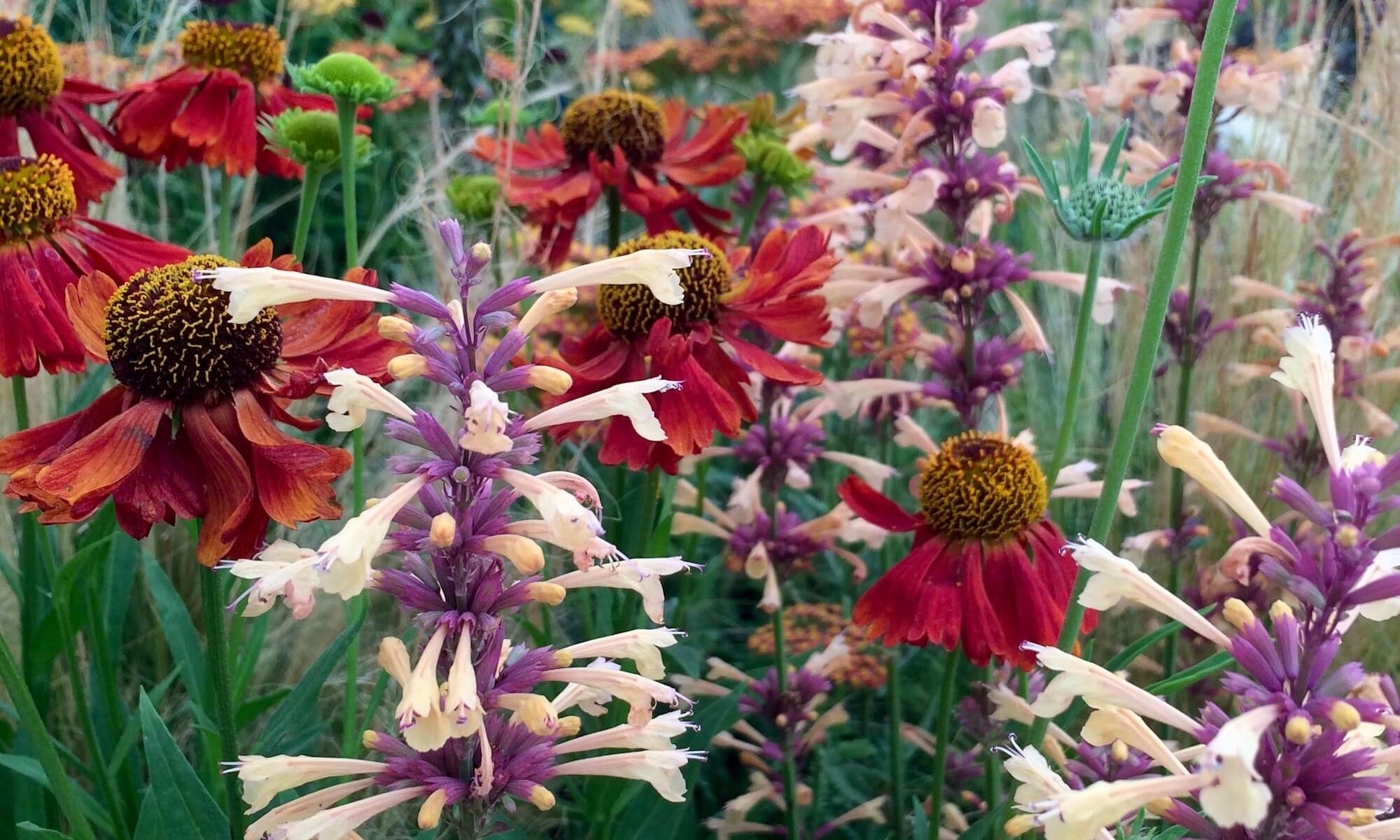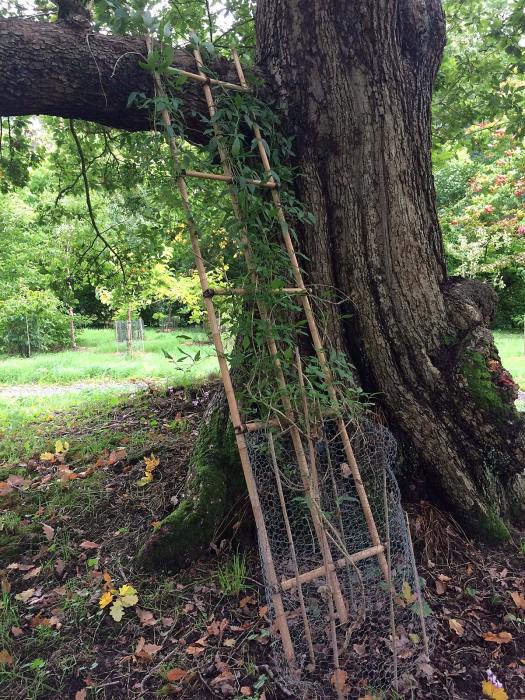
Wisteria is grown as a decorative, highly fragrant vine in Mississippi, but also grows abundantly in the wild, many a time outlasting the home where it was planted. Continue reading “Wisteria, Flowering Three Weeks Early in Mississippi”

Celebrating gardens, photography and a creative life

Wisteria is grown as a decorative, highly fragrant vine in Mississippi, but also grows abundantly in the wild, many a time outlasting the home where it was planted. Continue reading “Wisteria, Flowering Three Weeks Early in Mississippi”

A Mandevilla vine in full flower, draped around an American-style mailbox seemed to be the essence of Florida. I was captivated by the sight. We have neither the mailboxes nor the climate for growing the vines outdoors in Lancashire.
My first picture gives a little context, including a glimpse of three birdhouses on pillars at the foot of the trees. Continue reading “Plants to Grow on a Mailbox: Mandevilla (Rocktrumpet)”


Hops are one of the few plants that I’m allergic to – either the oils or the coarse hairs brought me out in a rash when I had to prune a vigorous vine that had overgrown its space.
I’ll not hold it against them as they’re attractive plants with shapely leaves, and it’s safe to say they weren’t out to get me. Or fairly safe, as it could be a tactic evolved to stop creatures messing with them. Continue reading “Humulus lupulus ‘Aureus’ (Golden Hops Vine)”


This picture, taken at Gresgarth Hall in Lancashire shows how a vigorous vine such as a rambling rose or a Clematis montana can be encouraged to grow against a tree.
The soil at the base of a tree is often dry and impoverished. Dig a hole for the plant two feet (60cm) or more away from the trunk of the tree. Mix in a little organic matter such as leaf mould or compost to enrich the soil
If the plant came in a pot, gently tease out the roots over the hole. Mix the soil that falls from the container in with the planting soil too. Plant the rose or vine aiming for the soil level to be about the same as it was in the pot. Water in well.
Use a sturdy cane ladder to train the plant back towards a lower branch of the tree. The smaller canes the plant came with can be tied or woven in to the ladder.
As the vine grows, weave the pliable young stems around the cane, tying them in if needed.
If wild animals such as rabbits or deer visit the area and may be tempted to nibble the lower stems of the plant, use chicken wire to protect them.

Red passion flowers, blazing joyfully in the early January sunshine during our visit to Florida, looked for all the world like a miracle to my Northern English eyes, tuned in to consider a single early snowdrop a delight.
It’s a bit of a minefield making sure which of the various scarlet red passionflowers you have before you. Passiflora vitifolia gets its name from the vine-shaped foliage. As its folk name is The Perfumed Passionflower you might expect me to have something to report about its fragrance but, not associating passionflowers with fragrance, it didn’t cross my mind to sniff it. It’s a vigorous vine when happy, able to reach 6 m (20 ft) if its surroundings force it to climb to reach sunlight. This smaller one was able to bask in the sunshine along a fence in the Naples Botanical Garden’s Brazilian Garden.
Passion flowers wow us with their intricate forms, even when their colours are relatively drab. This overhead view of a red passion flower could almost be a lesson in botany.

Three red-speckled styles that end in pale stigmas arch elegantly over at the top of the flower. The structure appears to balance on a creamy ovary in the centre, directly below; underneath that, five speckled filaments with green, pollen-bearing anthers attached. The pollen is held underneath – you can just glimpse it on the outer edges. Next, rings of eyelash-style filaments: long, dark red ones, with shorter ones in the middle, designed to make pollinators work hard enough for their nectar to withdraw with pollen on their backs (or heads, in the case of humming birds).
Underneath all that, five true petals, with five outer sepals beneath and between, all ten recurving backwards. My personal take on their colour? It’s the classic British fire engine red, more often described as crimson or scarlet.
Given its vine-like foliage, it would seem apt if this miraculous little plant went on to produce tiny bunches of grapes. Instead the fruits resemble dainty melons that some people describe as tasting like sour strawberries and others say are poisonous. It would be wise not to sample them unless you’re an expert.
Continue reading “Passiflora vitifolia: A tropical vine bearing red passion flowers”